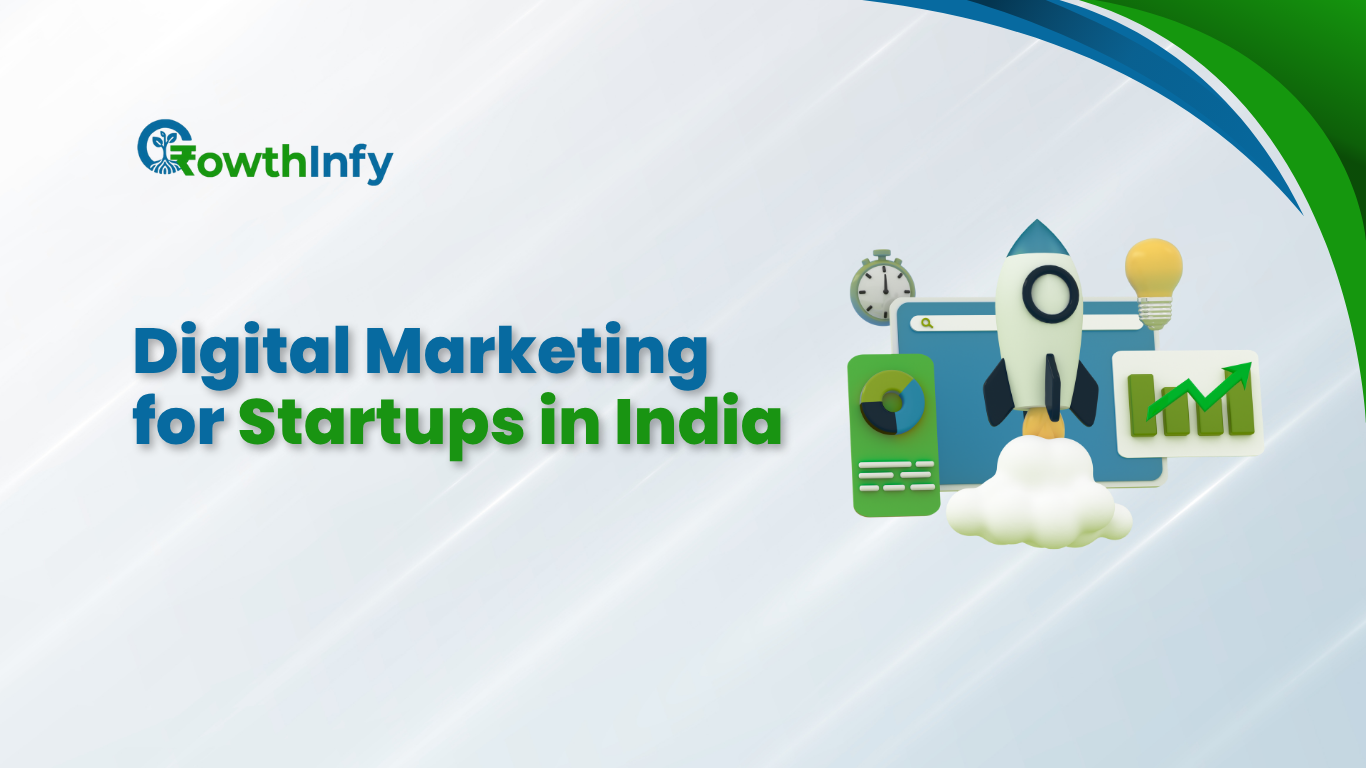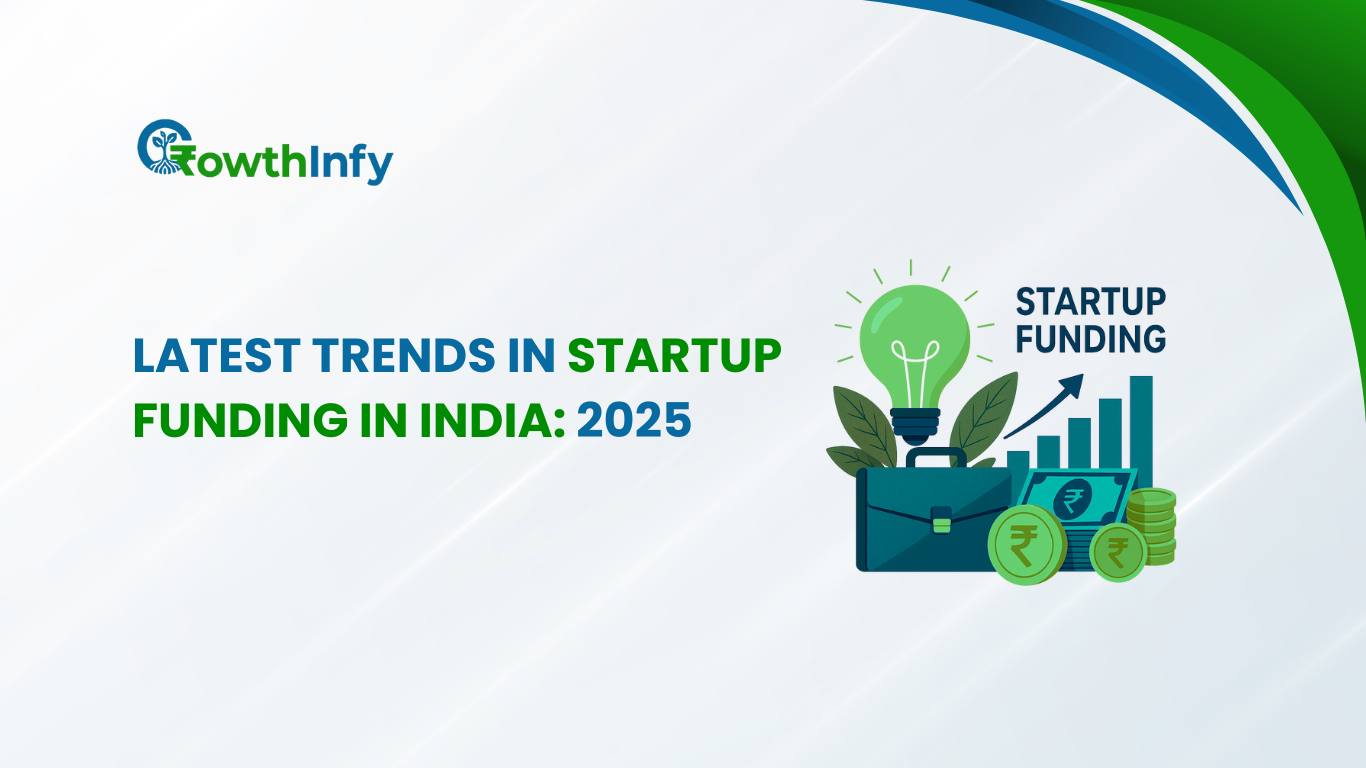Digital Marketing for Startups in India
Digital Marketing for Startups in India
In this fast-paced digital world, Indian startups are facing a tough competitive environment. Digital marketing represents a low-cost way to promote brand awareness, build/reach an audience, and develop a growing company. By 2025, India will have over 900 million internet users, making it clear that digital channels are essential for Indian startups to capitalize on their potential. In this guide, we will provide unique digital marketing tactics for Indian startup companies that will stand apart from the crowded digital advertising space.
Why Digital Marketing is Essential for Startups in India
Most startups have a limited budget, which makes traditional marketing difficult. However, because digital marketing is the most cost-effective option available (SEO, social media marketing, campaigns and emails, etc.), it allows startups to reach prospects and customers more affordably than traditional marketing options. Digital marketing is trackable, which means startups can quantify ROI on their spend and adjust their approach in real time. In India, the rise of affordable smartphones and internet access means that more people are engaging online as well, creating an appealing opportunity for startups to connect with customers.
Equally important, digital marketing is an equal playing field. In other words, small businesses and startups can easily compete against larger brands if they use data-driven tactics. For example, 44% of India’s advertising spend is now digital advertising, which illustrates it is trending towards the complete dominance of consumption. Lastly, startups that choose to ignore digital marketing channels are taking a risk in a competitive market.

Key Digital Marketing Strategies for Indian Startups
1 . Search Engine Optimisation (SEO)
Startup SEO is a fundamental piece for organisations looking to improve their online presence and improve their daily traffic. As both startups and established businesses can benefit from improving an organisation’s web presence, we will focus on how startups can structure search engine optimization, or SEO, to reference search engines such as Google to drive organic traffic to their site. Good and strategic SEO can include keyword research, on page SEO (such as meta tags and alt text), and technical SEO (such as speed and mobile friendliness).
In India, where 87% of smartphone users are searching every day, local SEO is essential because it allows startups to research how many people are searching for specific terms. So, if a startup is venture capital funded, you would also want to drive foot traffic from local customers where possible.
For example, if the startup in Bangalore when using specific keywords searches for “best cafes in Bangalore”, then it makes it easier for the startup to drive local foot traffic.
SEO tools such as Ahrefs or Google Keyword Planner allow you to generate traffic based on high volume keywords which help startups organically based on even one blog a week, you will establish yourself as an expert in your sector.
2 . Social Media Marketing (SMM)
India has over 265 million YouTube users and millions on Instagram, X, and LinkedIn. Social media platforms allow startups to engage audiences with creative content like videos, polls, and stories. Tailor content to platform-specific audiences—LinkedIn for B2B, Instagram for lifestyle brands.
Startups can leverage influencer marketing to amplify reach. Micro-influencers with 10,000–50,000 followers often deliver higher engagement at lower costs. Regularly analyse metrics like engagement rate and click-throughs to refine campaigns.
3 .Content Marketing
Content marketing builds trust and authority. Whether blogs, videos or infographics, content introduces your audience to your friendly voice, creating brand loyalty. In India, video is king – according to Cisco, video content will account for 82% of all internet traffic by 2022. Video is king. Create short (less than one minute), fast-paced snippets for sites like YouTube, Instagram stories, and TikTok, where audiences thrive on fast-paced content.
For example, a fintech startup could create explainer videos for financial planning. You can also repurpose. For example, take a blog post and break it down into a social media post or even a podcast. Not only does content increase brand trust, but quality content also improves SEO, creating a virtuous cycle of visibility and engagement.
4 . Pay-Per-Click (PPC) Advertising
PPC ads on Google Ads or Meta are a fast way to advertise and get your brand in front of people. PPC is ideal for startups, who want to target certain demographics on a budget. Use conversion intelligence to optimise ad expenditure as an example, when a fintech startup further refined their Google Ads, their leads surged by 300%.
In India, mobile advertising will be the leader by 2028, when it will be responsible for 70% of all ad expenditure. It is important for you to determine the ultimate goal of your advertising, either for brand awareness or conversions, and to measure success using metrics like cost-per-click (CPC). If you want to remarket to people that did not convert, remarketing ads can offer your brand another opportunity to reach customers.

5. Email Marketing
Email marketing continues to be a valuable tool for lead nurturing. Sending targeted and personalised emails like welcome sequences or product updates can help support some customer loyalty. In India, startups can use email marketing to offer discounts or success stories to drive repeat purchases.
Mailchimp or Sendinblue can help businesses manage their campaigns. Segment your audience by behaviour—such as a new subscriber or active buyer—to improve open rates. A/B test your subject lines to optimise engagement.
Challenges in Digital Marketing for Indian Startups
Despite its advantages, digital marketing has its challenges. Budgets are often limited, preventing the use of higher-end tools or agencies, and fierce competitors require marketers to be agiler than ever in terms of shaping their campaigns to stand out. In a world where privacy concerns and ad fraud are a constant worry in campaigns, marketers also have to monitor their campaigns ethically and address these rogue problems.
But do not worry ! Start-ups don’t have to act like a fortune 500 company to market products online; they can approach digital marketing from a number of angles to overcome hurdles. Focus on niche markets, increase skills with internal digital marketing team members, and use free tools available such as Google Analytics. Hiring a digital marketing agency or freelancer is a cost-efficient resource if you really need an expert to take the reins on your campaigns.
Competitive Analysis: Staying Ahead in India’s Digital Landscape
Competitive analysis is vital for startups; it’s essential to identify five to ten direct and indirect competitors and investigate their digital strategies. It can make sense to use tools like SEMrush to identify the competitors’ keywords, backlinks, and ad campaigns. For example, a SaaS startup can review how frequently competitors publish or how much their audiences engage on social media.
Compare your user experience (UX) and SEO performance to the competitors UX and SEO. Two examples to help build a case for improvement are: do a SWOT analysis to consider strengths or elements that might be missing, and then use the information you’ve collected to build a data-driven case to improve your startup strategy or seize a market opportunity.
Emerging Trends in Digital Marketing for 2025
1. Artificial Intelligence (AI)
AI is changing the landscape of digital marketing in India. Businesses are deploying technology such as chatbots and predictive analytics to develop a more personalised customer experience. A PWC report comments, 77% of Indian businesses that use AI report increased customer satisfaction. For startups, AI can be a game changer by automating certain tasks – like targeting ads or developing content – that would normally take up significant amounts of time and money.
2 .Voice Search Optimisation
As voice search is on the rise thanks to Alexa and Google Assistant, it’s key to optimise your content for conversational queries such as, “best startup marketing agency near me.” A focus on long-tail keywords and questions such as FAQ pages will make it easier for voice search to return helpful results.
3 .Programmatic Advertising
Programmatic ads use AI to buy ad space in real-time, improving targeting precision. This trend is growing in India, enabling startups to maximise ad efficiency.

How to Choose a Digital Marketing Agency in India
Startups without the in-house capacity to continue collaborating with a digital marketing agency is the best course of action. You may wish to engage with agencies that have experience in your particular niche, e.g. GrowthInfy and their tailored services for startups. Look for agencies that openly share their work and results.
Regardless of where you are located, cities like Delhi, Bangalore and Kolkata have top agencies that offer things like: SEO, PPC, and SMM. If they can deliver against your budget and every goal you expect.
Scaling Your Startup with Digital Marketing
Digital marketing is a significant advantage for Indian startups. Digital marketing strategies including search engine optimization, social media marketing, content marketing, pay-per-click advertising, and email marketing all contribute to getting an online presence. It is important to keep up with trends including AI and voice search, and to conduct competitive analyses on a regular basis. Your Indian startup can excel in the constantly changing digital environment with the right strategies.













